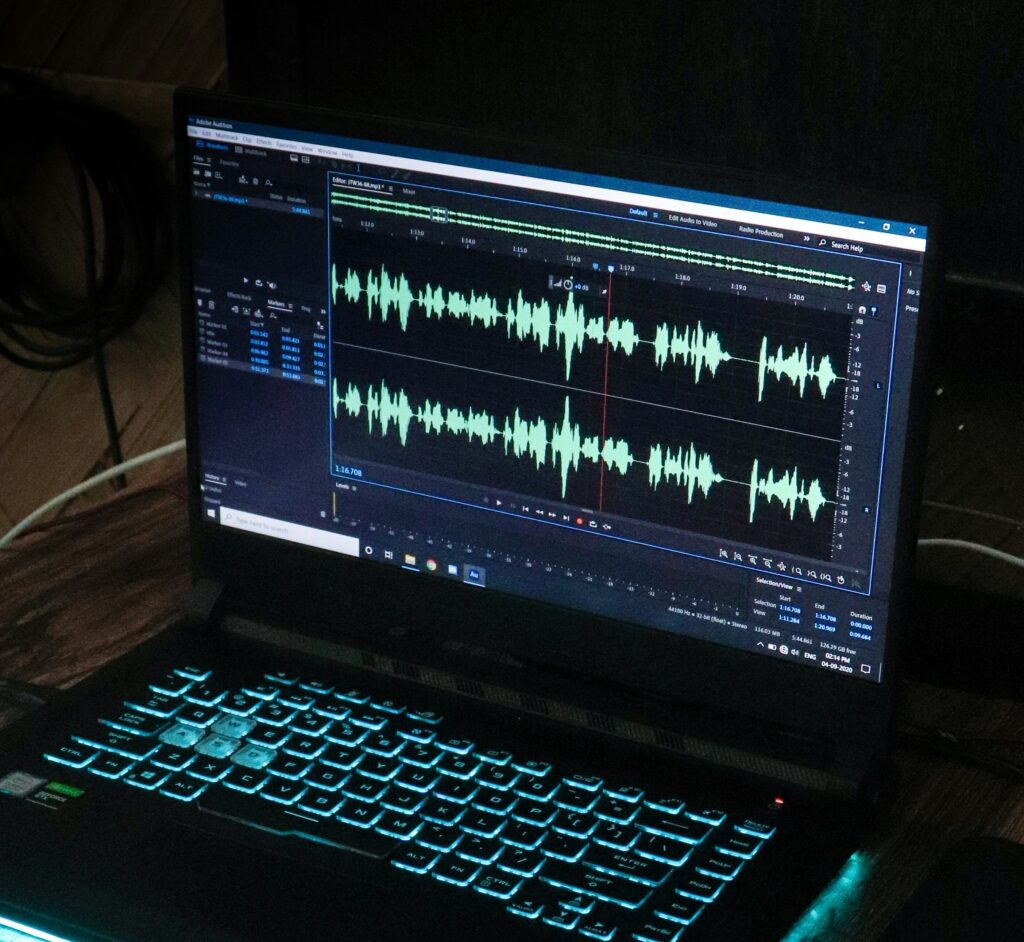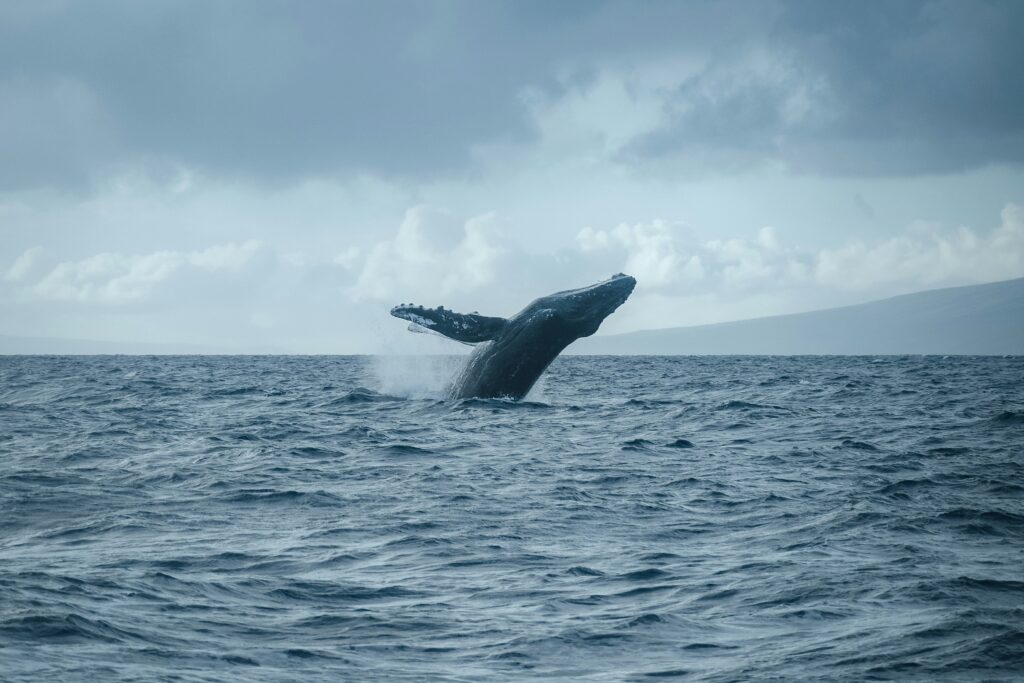
What if your puffy friend can tell you why he is whoofing or bow-bow? Wait, what if a whale sings you a song, and you actually understand it?
Well, you might be thinking, what a fantasy world we are talking about. But this isn’t. We can imagine the impossible things as technology is growing at an unimaginable pace. But coming back to our topic, can AI help us talk to animals?
Well, if there is a possibility, we are going to talk about it in this article.
But How Animals Communicate?

Before we move on, let’s find out how animals communicate with each other.
Animal communication is how one animal gives information to another. This information is actually shared through signals. Signals are special actions or features that send messages. These signals can be:
- Sounds
- Colors
- Movements
- Smells
- Touch
Just like us animals also make decisions, they can be of everyday as well.
For example, just consider the simple ones, like when to move, where to move, to the complex ones, like whether to fight, mate, or flee. Now, in this, they utilize their instincts, past experiences, and what they sense around them.
But most of the time, they don’t have all the information they need. That’s where communication jumps in and helps them.
AI In Analyzing Animal Sounds

There are many types of AI sound data, but currently, scientists can study two main types of animal sound data:
- Bioacoustics: Its primary focus is on sounds from individual animals
- Ecoacoustics: It is responsible for recording sounds from entire environments
There is a tool named BEANS (Benchmark of Animal Sounds).
It uses 10 different sound datasets from various animals to test how accurate these AI tools are at identifying and classifying animal communication. It is also the first public system that helps measure how well machine learning works in understanding animal sounds.
Which Animals Are Being Studied?

There are a lot of animals that are under consideration. But mainly, scientists are studying sounds from many animals:
- Birds
- Frogs
- Monkeys
- Elephants
- Honeybees.
- Cats
- Dogs
This list also includes cetaceans, like whales and dolphins. Their communication systems are one of the most amazing and advanced. Unveiling this communication can help us learn a lot about animal language.
How This Technology Works

Using AI to study animal communication is not only possible today, but it is very important.
In this technology, huge amounts of data are collected using advanced sensors and recording tools. This technology can even record sounds in places like deep oceans and high mountains.
It includes things like wearable devices for animals, like:
- Underwater touchpads
- Tracking tools like smart tags
- Special systems that turn animal sounds into text
There is a use of tools that are part of the Internet of Things (IoT). After collecting data, it is then analyzed. AI then makes sense of this data.
For instance
In the Gulf of Mexico, a smart algorithm was utilized, and it studied 52 million sound clicks from sea sensors. It was there to track dolphins, learn about their movements, and see how environmental changes affect their groups.
These sensors help them a lot with:
- Marine conservation
- Reducing pollution
- Watching over ecosystems
This was the application of AI to marine life, but it isn’t just helping in the ocean. It has also helped them on land. How? Let’s check it.
- Zoolingua – Talk to Your Pet
Zoolingua is a powerful app. It was created on the work of Dr. Con Slobodchikoff. Dr. Con who is an animal expert who has been studying how dogs communicate. It is a smart computer program that can translate dog language into human words.
Zoolingua works by using videos to study how dogs bark, growl, or move in different situations. Then, with the help of advanced software, it tries to understand what the dog is “saying” and translate that into English.
Real Life Marine Conversation
We told you, it is not just about Marvel World anymore. It is happening in other areas too.
For example, Google has introduced its DolphinGemma. It is an AI tool that is trained on 40 years of dolphin sounds. It helps to translate what dolphins are saying.
But the story goes back to 2013, when scientists used AI to study dolphin clicks. They then found a new sound that dolphins used in a way they had been trained. This was the first time that a sound learned from humans became part of an animal’s natural communication.
The language barrier between humans and animals seems to be fading now.
- A Project Of Learning Whales

Sperm whales talk to each other using codas. These are quick patterns of clicks that are super short and last just a tiny fraction of a second.
A project with the Cetacean Translation Initiative uses AI to study these sounds and then understand how sperm whales communicate.
It is seen that whales seem to take turns and use special clicks to identify each other. They even have different dialects depending on their group.
Final Thoughts
Probably, you have wondered as well what animals are trying to say. But it seems like that dream is getting closer to reality. Whether it’s your dog calling you or you just casually want to have a chat with whales, in the future, it will be possible, and all thanks will be to AI.
But let’s not limit ourselves, who knows what the future is going to bring us?
Share this blog if you like it and subscribe to our newsletter!

